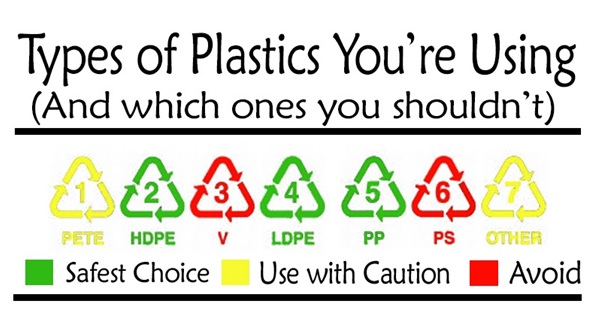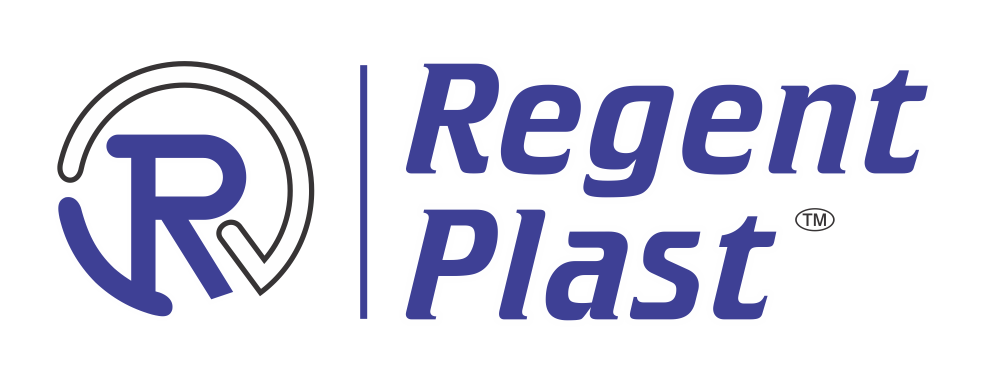Have you ever wondered, what the Number in a triangle that is engraved below your plastic bottle means? Well, it is an important piece of information, that will help you identify the recycling symbol (♲) for a plastic object. The recycle symbol provides information about the used Raw material and its recyclability. These numbers usually run from 1 to 7.
#1 PLASTIC: POLYETHYLENE TEREPHTHALATE
Number 1 refers to polyethylene terephthalate thermoplastic polymer resin which is commonly called as PETE or PET plastic. It is most frequently used in water and beverages bottles, food jars and containers, oil bottles, clothes fiber, mouthwash bottles. Plastic #1 is usually clear in color and most importantly it is not intended for multiple uses.
PET safety
· PET plastic is rather safe for food and drinks packaging
· You can only use PETE plastic one time. It has got a porous structure so you need strong cleaning products. These products will cause carcinogens leach.
· Never heat PETE 1 plastic as this causes antimony leach which is a toxic chemical.
PET plastic is easy to recycle. Thus it is accepted at most recycling plants. The plastic items are shredded into tiny pallets and reprocessed into new bottles (not food safe in India at this time). Recycled PET bottles can also be turned into polyester fiber. This fabric is applied for producing fleece clothes and carpets or to stuff sleeping bags, jackets, pillows.
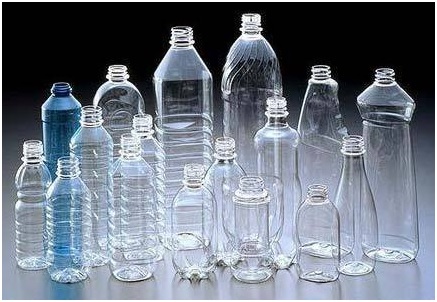
#2 PLASTIC: HIGH-DENSITY POLYETHYLENE
Plastic 2 is one of the safest sorts of plastic. Also called HDPE (high-density polyethylene), it has got a high strength-to-density ratio which results in superb wear resistance or ESCR properties. HDPE products withstand heating and freezing so they can be used in various weather conditions. Plastic number 2 can be reused without any harm. The durability and reliability of HDPE 2 make it efficient to use in the manufacture of various items like:
· Sturdy bottles for cosmetics and household cleaner
· Water, juice and milk jugs
· Bottle crates
· Flexible pipes
· Plastic envelopes
· Rope, some plastic bags
· Stools, chairs, sunbeds for outdoor use
· Toys and playground equipment
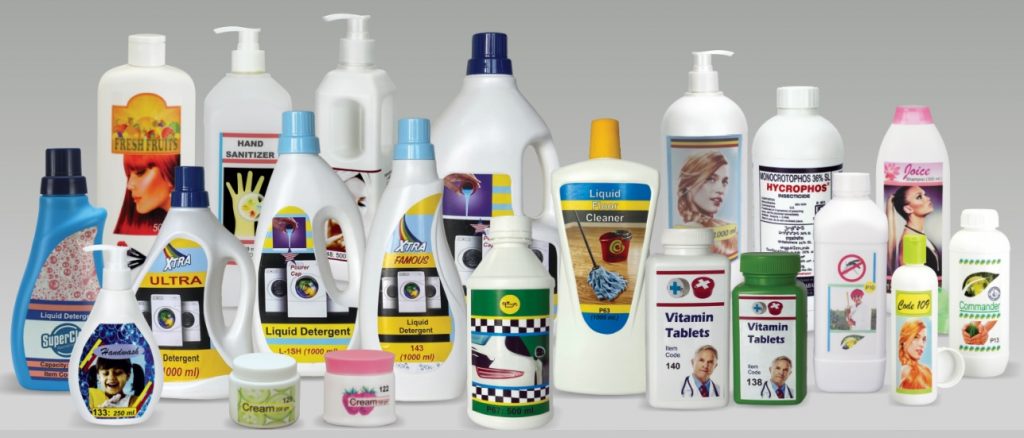
HDPE 2 recycling
Recycle logo plastic #2 means that it can be easily and probably recycled up to 10 times. At Regent Plast, we have technology to put recycled HDPE in the middle layer of new bottles, this way, a brand can meet its sustainability goals without loosing the integrity of its filled in product.
#3 PLASTIC: POLYVINYL CHLORIDE
Plastic 3 is not among safe recycling codes. Known as PVC (polyvinyl chloride), this is very dangerous and one of the least recyclable plastic. Unfortunately, PVC is as widely spread as PET plastic. PVC recycle number means that the item is strong and elastic due to softening chemicals, – phthalates. They cause great problems with the hormonal system. Some other highly toxic chemicals like DEHA can be produced during the whole plastic #3 lifecycle. They affect the children’s development, immune and endocrine system including causing cancer.
Number 3 plastic can be found in shower curtains, clear bottles, pipes, window and door frames, floors, clear food wrap.
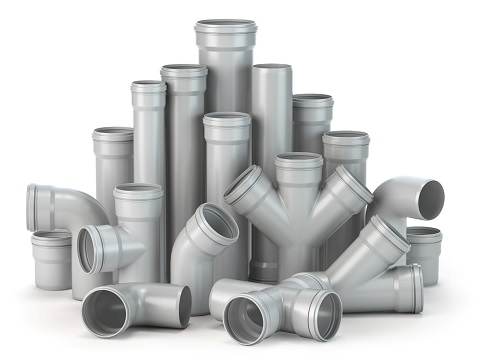
Is PVC toxic when heated?
Definitely, yes. So never use #3 plastic for cooking and try not to store food in it. Check the material of the baby toys and inflatable items to make sure they do not contain PVC.
PVC plastic recycling is less practiable because of different additives.
#4 PLASTIC: LOW-DENSITY POLYETHYLENE
Plastic 4 or LDPE (Low-Density Polyethylene) is a thermoplastic and one of the oldest grades of polyethylene. LDPE 4 is believed to be rather safe for using, still, it is not environmentally friendly as only a small percent of LDPE 4 plastic is recycled. Some plants accept plastic number 4 but there are really few. LDPE can be changed then in lumber and floor tiles.
Comparing to HDPE plastic, plastic #4 is more elastic and is usually used as:
· Bread wrapping
· Other plastic wraps
· Packaging foam
· Shopping bags
· Squeezable bottles
· Trays and containers
Is LDPE food safe? Yes, 4 is among safe plastics numbers. Taking into account the low 4 plastic recycling facilities, you should reuse LDPE 4 plastic at least a few times before moving it to a garbage bin.
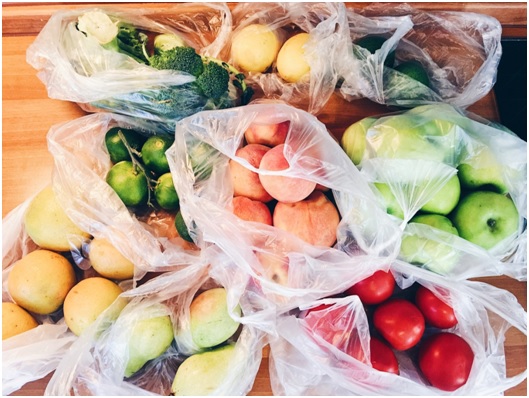
#5 PLASTIC: POLYPROPYLENE
Plastic number 5 or PP plastic (polypropylene) is the second-most widely produced plastic. Being light, heat resistant and sturdy, PP is applied to various packaging. Today plastic 5 is commonly used in:
· Plastic Pails
· Baby Bottles
· Disposable diapers
· Disposable plates, cups, cutlery
· Kitchenware
· Liner in cereals boxes
· Caps/ Closures for Bottles
· Deposable Drink ware such as yogurt containers
Although food storage containers made of PP are considered microwave safe, it is better to use glass containers to heat food rather than plastics.
Like HDPE, Plastic #5 or PP is recyclable and accepted by recycling centres.
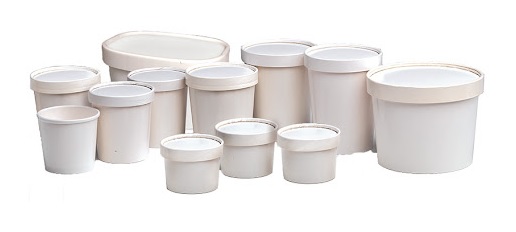
#6 PLASTIC: POLYSTYRENE
Number 6 plastic stands for polystyrene (PS) or styrofoam. This is one of the plastic recycling codes that must be avoided or, at least, reused as it is hard to recycle 6 plastic.
6 plastic is cheap to produce, lightweight and it can be easily formed. We meet it in the form of rigid polystyrene and formed styrofoam. Plastic #6 is widely applied to packaging and insulation. So PS 6 plastic can be found in:
· Disposable drinking cups
· Egg cartons
· Food containers to-go and disposable cutlery
· Insulation, including building insulation
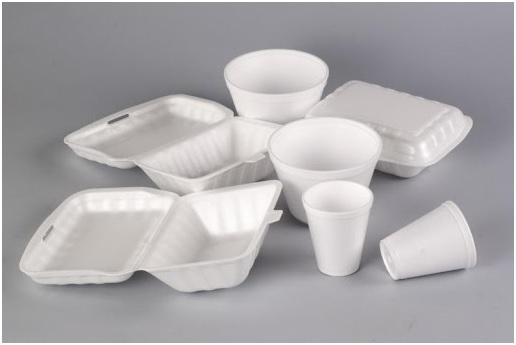
The problem with plastic number 6 is its fragility: it breaks up easily and goes to the environment. Tiny pieces of PS can be found at many beaches and in marine creatures. Moreover, #6 plastic contains styrene which can be leached while heated. It is harmful to health and can cause carcinogenic effects.
Recycling of #6 is not popular, and it is best, if the use of this plastic is avoided for the above reasons.
#7 PLASTIC: OTHER
Plastic 7 is actually everything else that does not fit in the above descriptions of #1 to #6Plastic number 7 includes new plastics, bioplastic, and items composed of different types of plastics. This recycling logo also stands for polycarbonate (PC) which contains highly dangerous BPA (Bisphenol A). Try to avoid products with the PC label. Recycle number 7 can be found on these items:
· Baby bottles (Now discontinued)
· Car parts
· Electrical wiring
· Lids
· Medical and dental equipment
· Sport bottles and equipment
It is hard to recycle 7 plastic and most factories do not accept it. There are no standard protocols for using and reusing this plastic so you should better opt for recycling numbers 1,2,4 and 5.
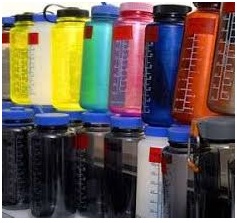
In short plastic recycling numbers 2, 4 and 5 are the safest. Whereas 1, 3, 6 and 7 plastic recycling numbers must be avoided.
